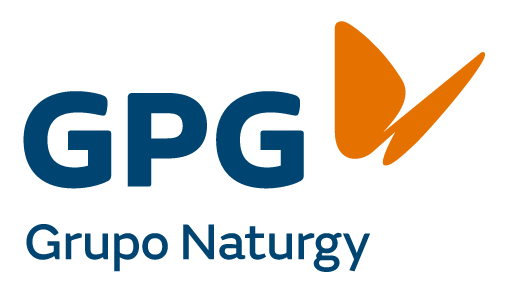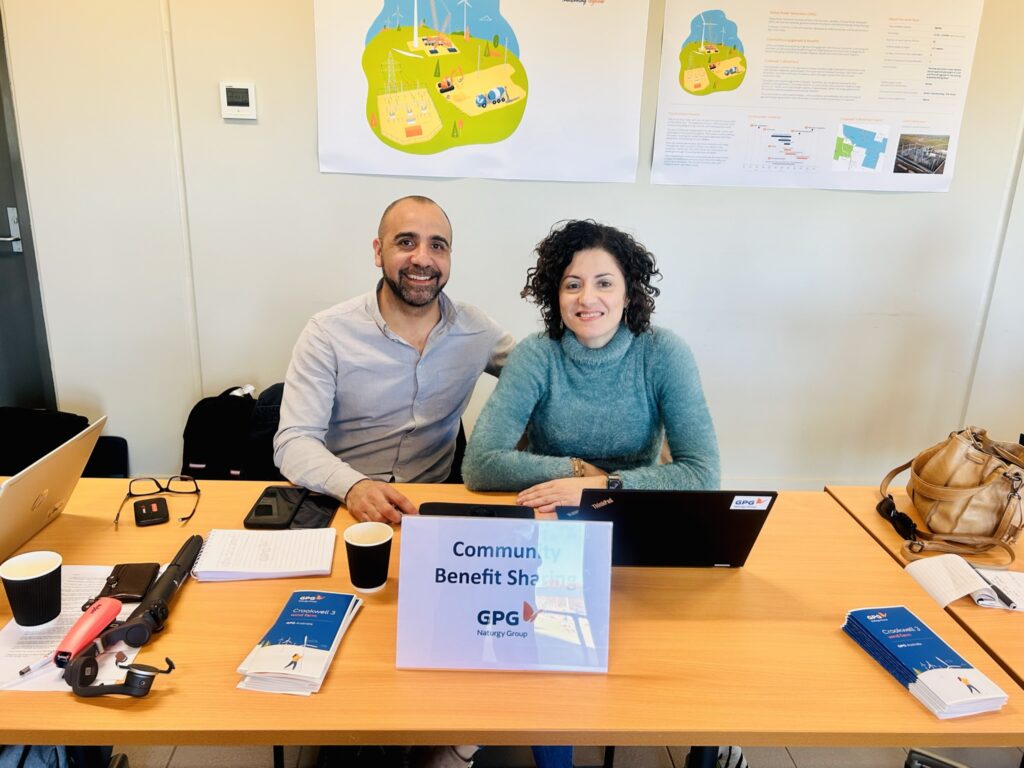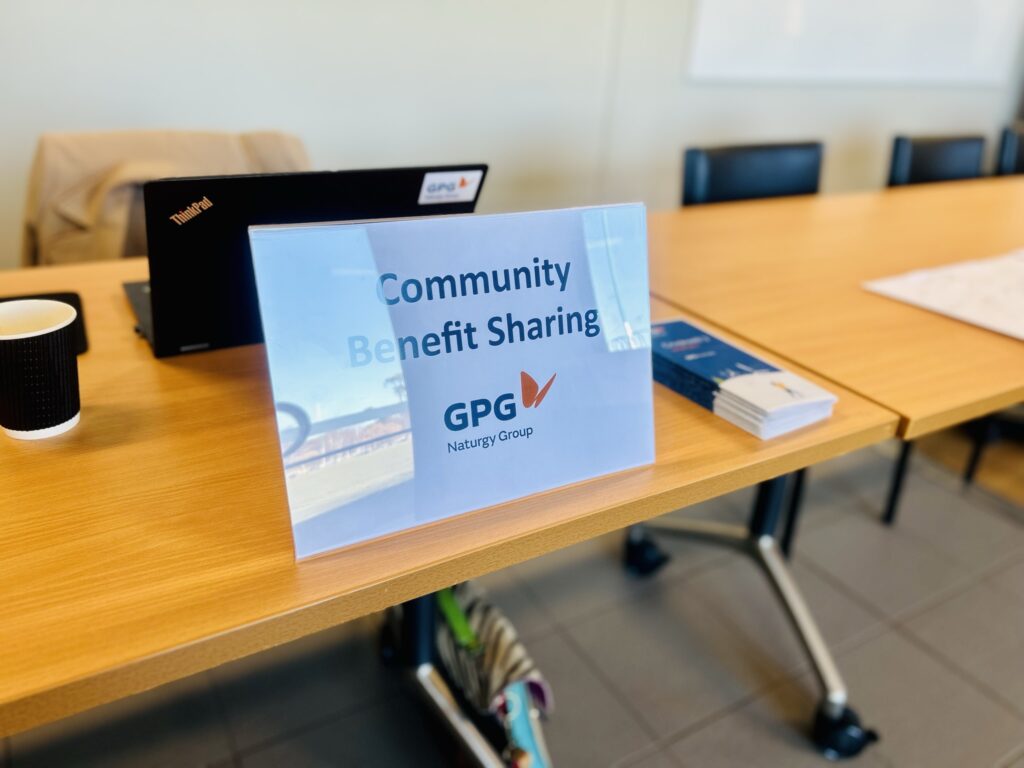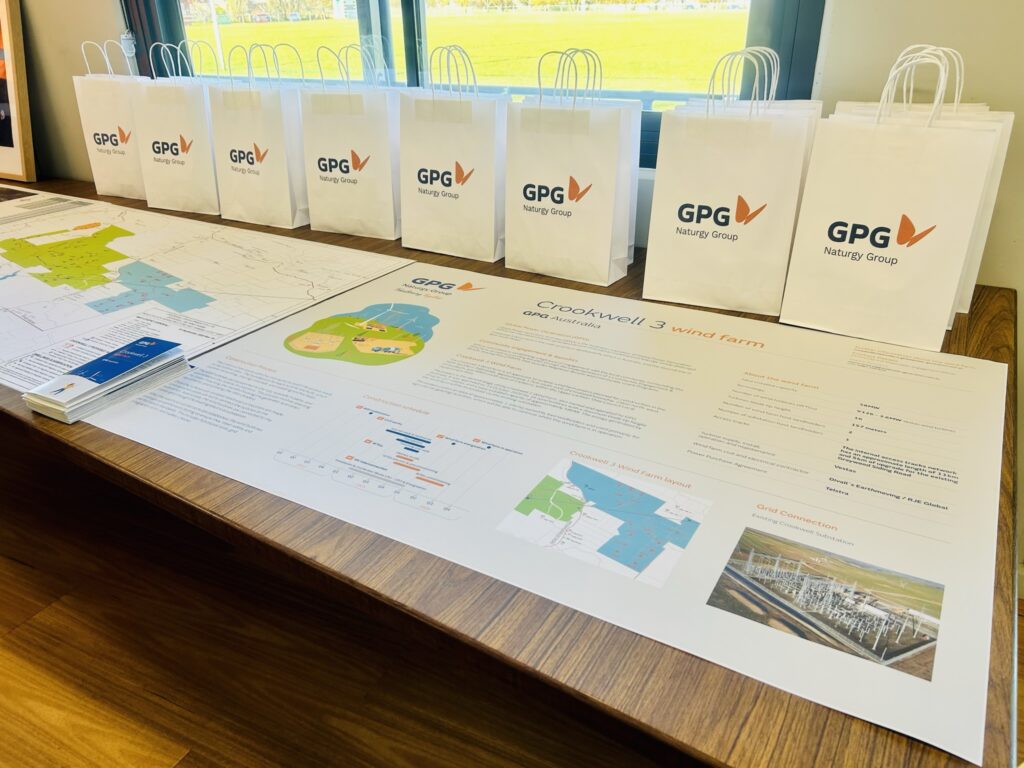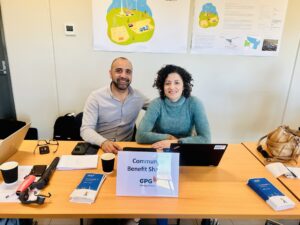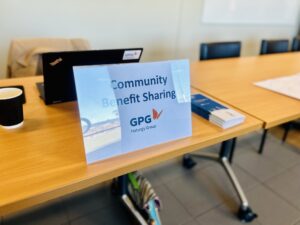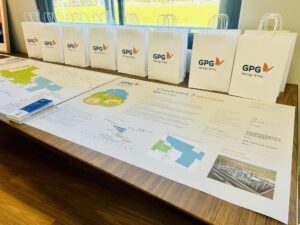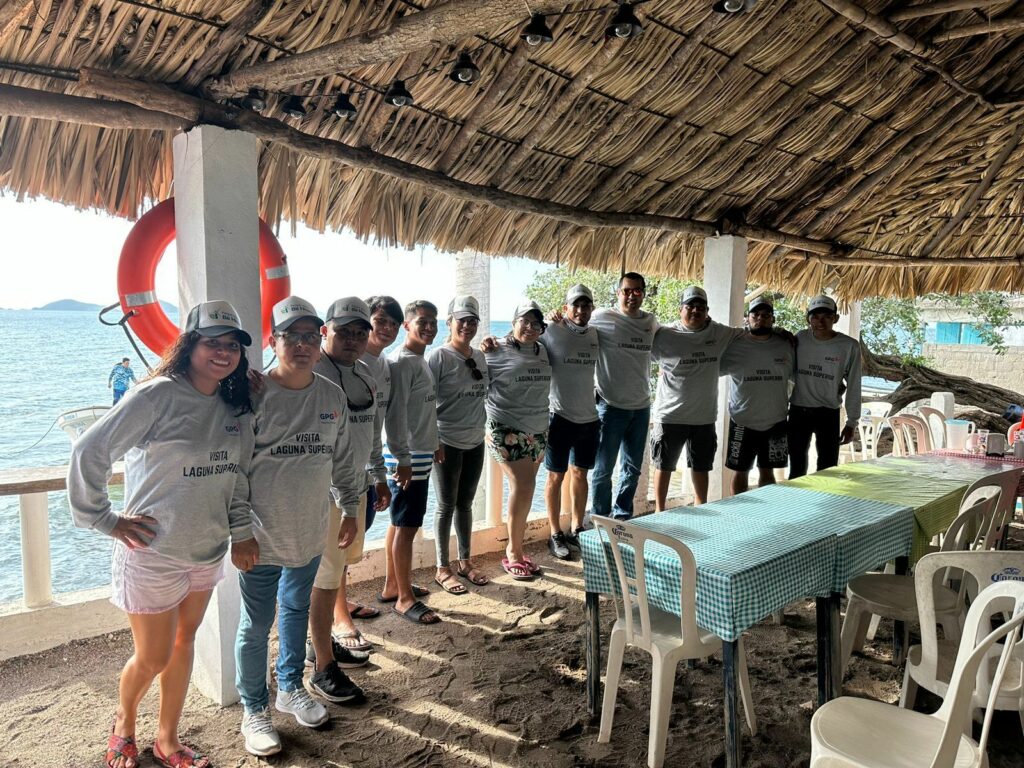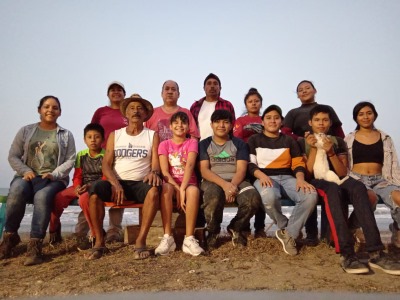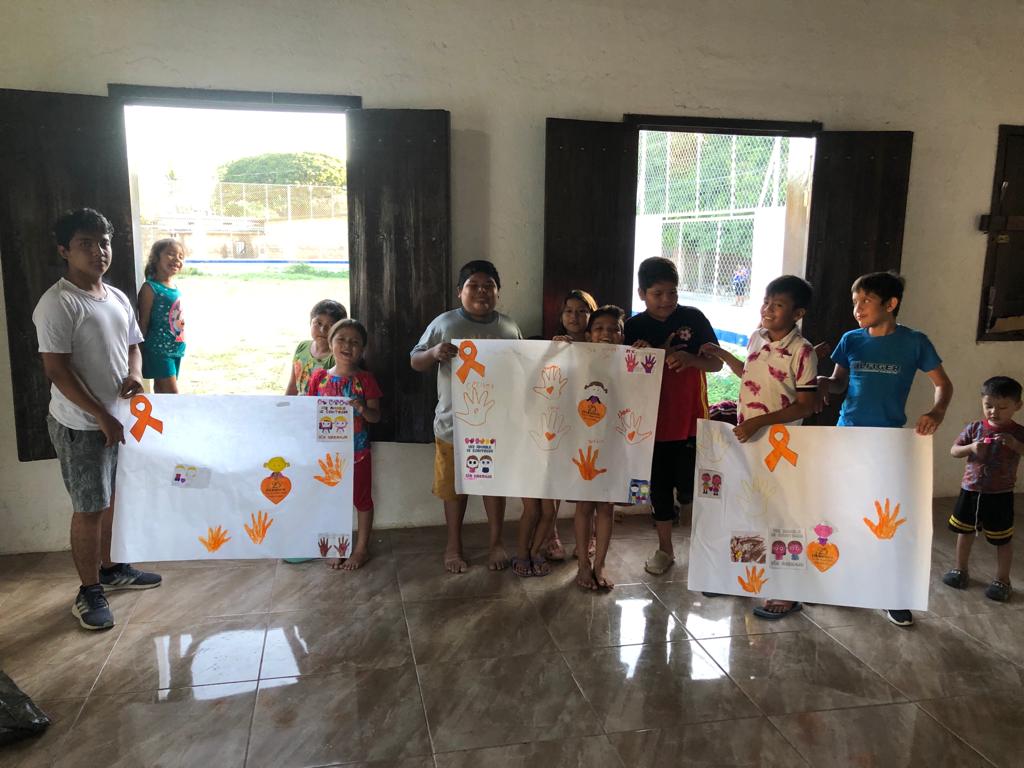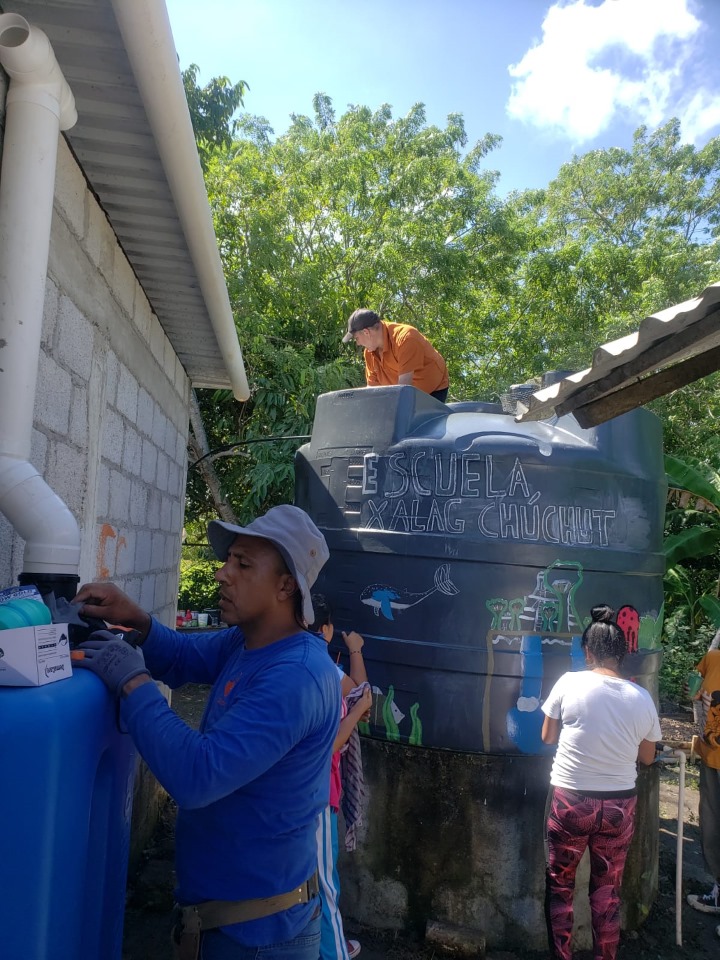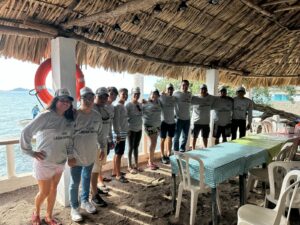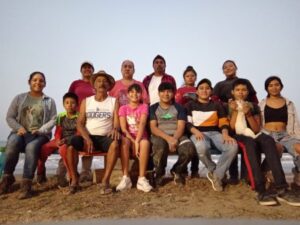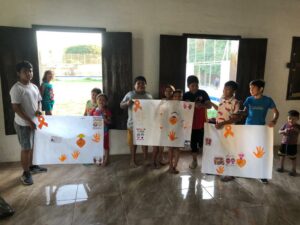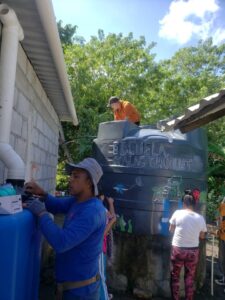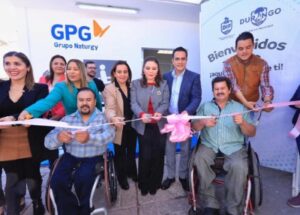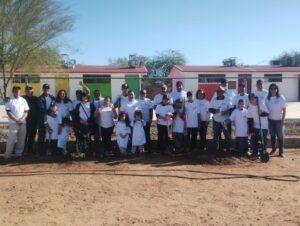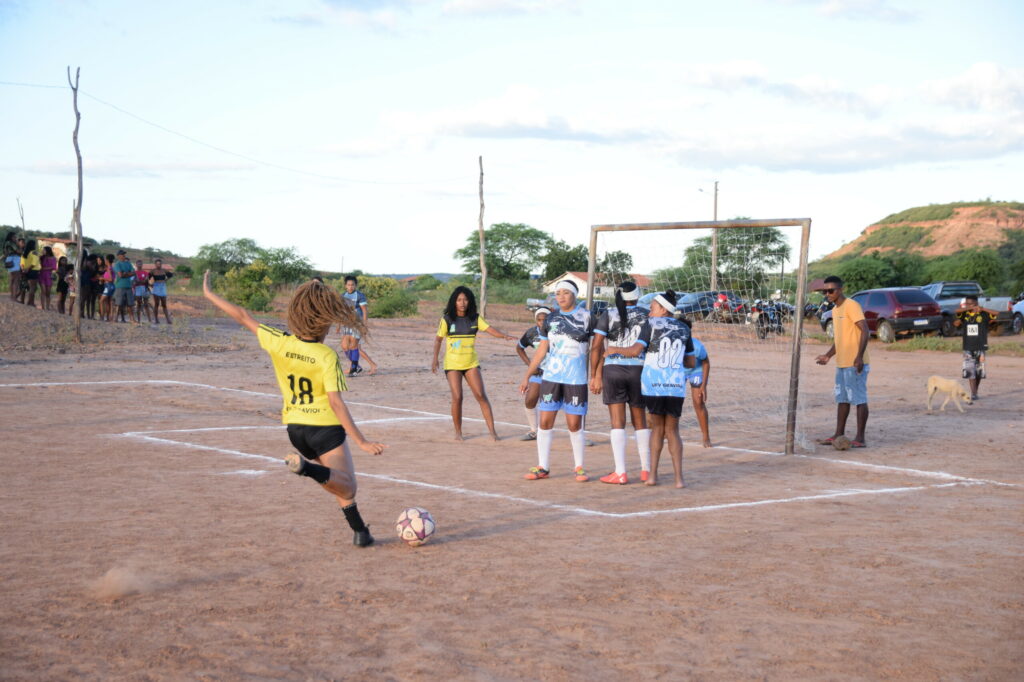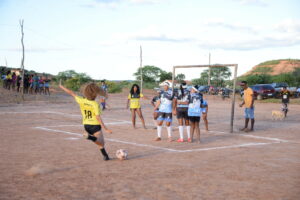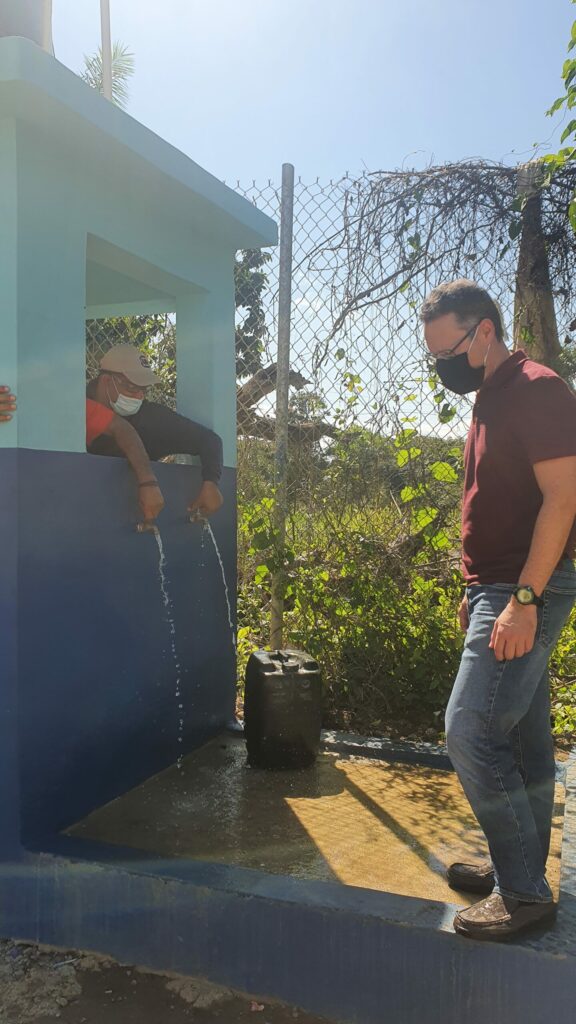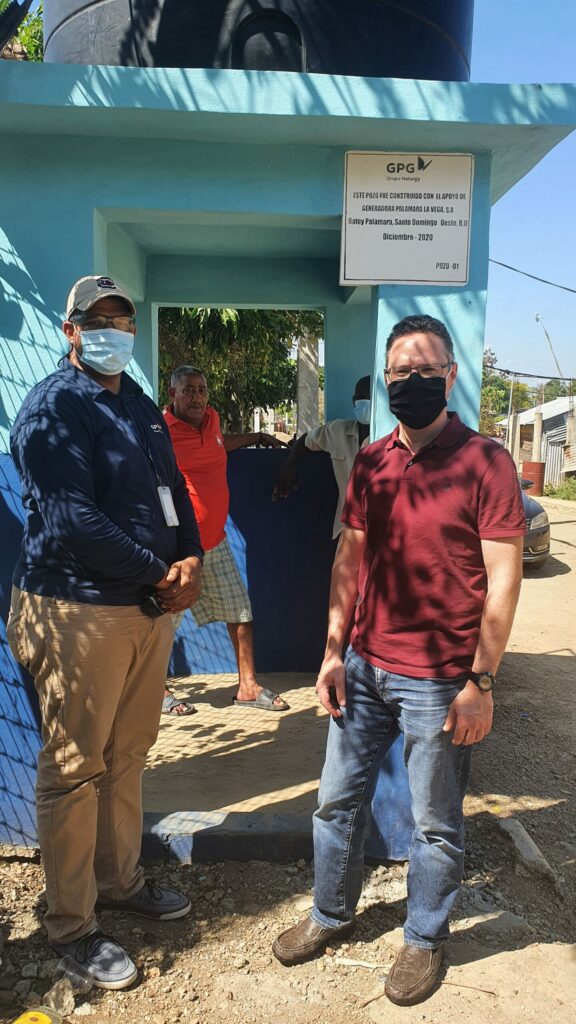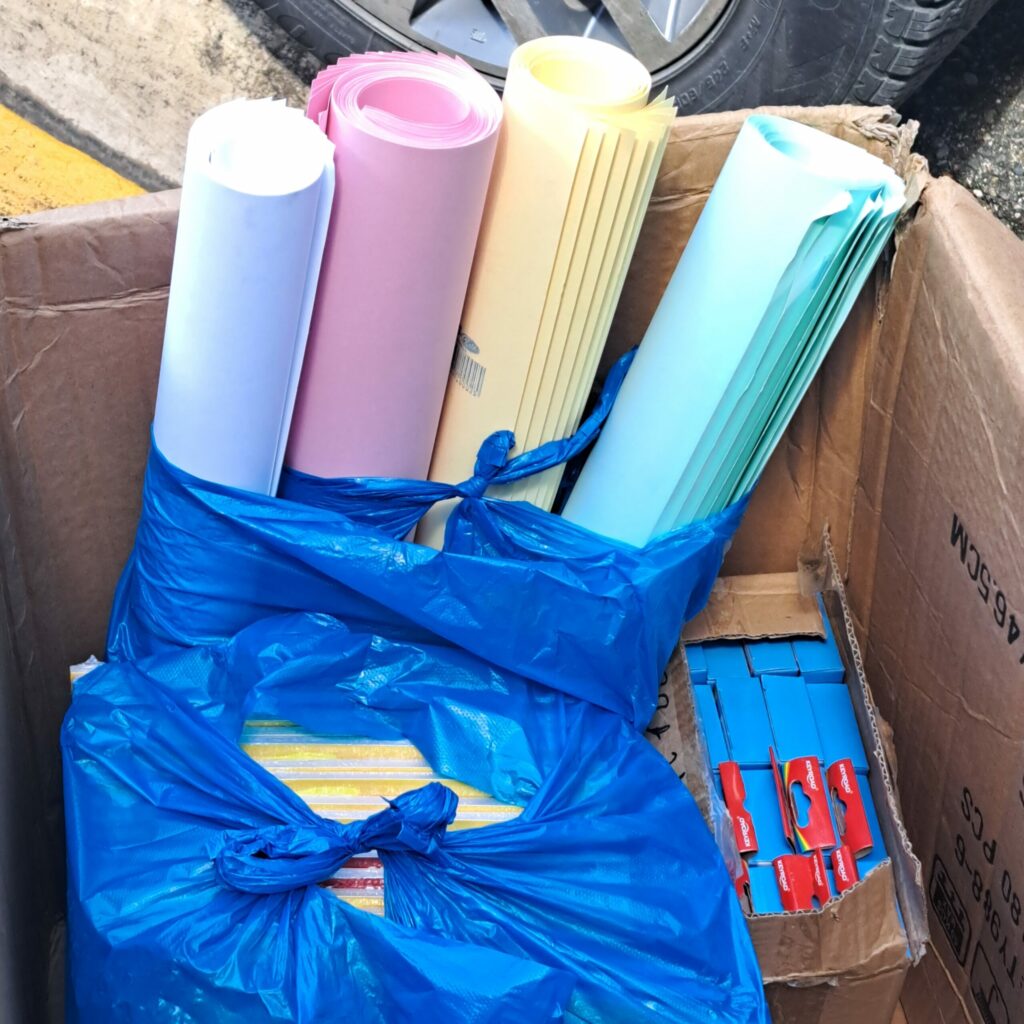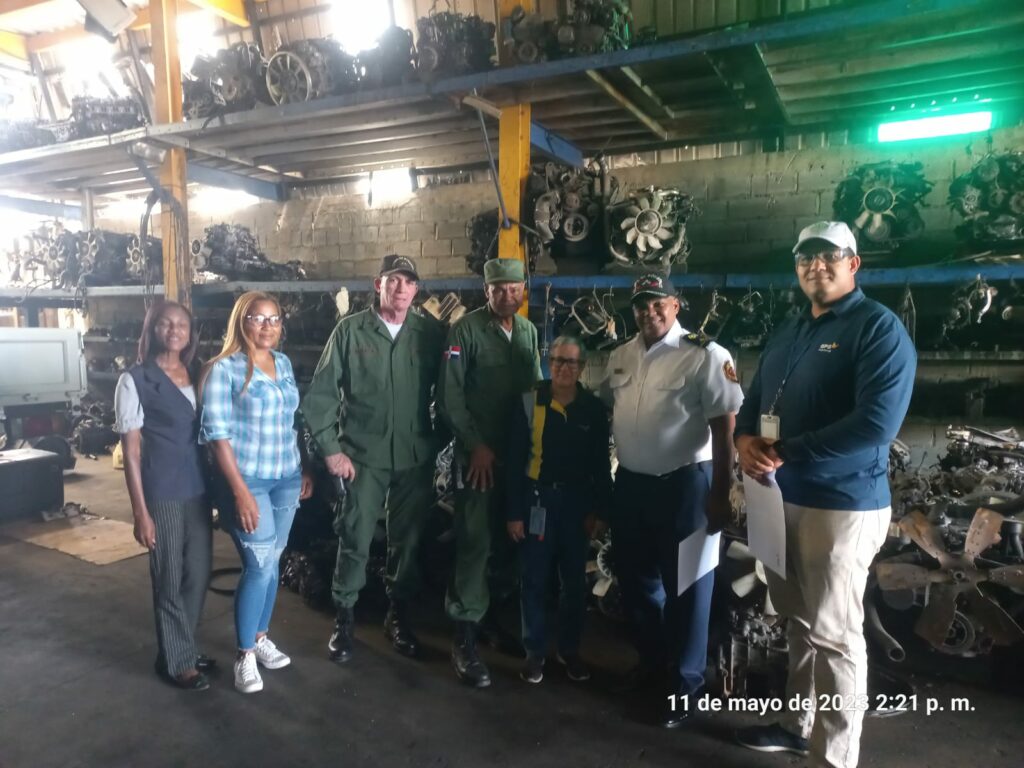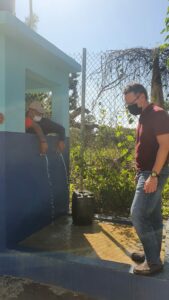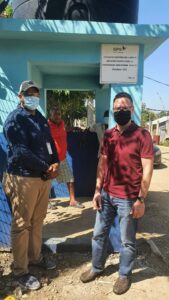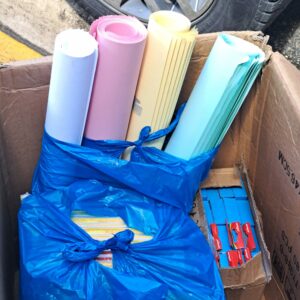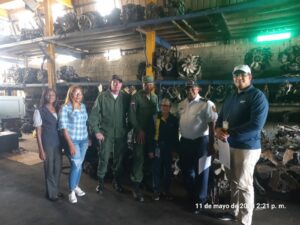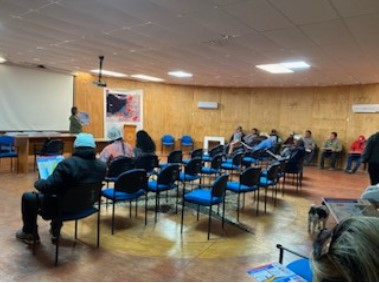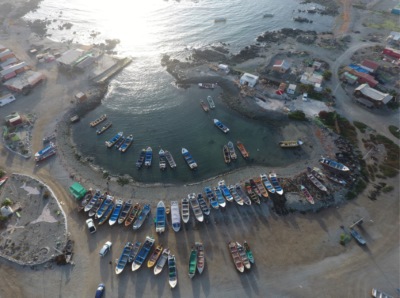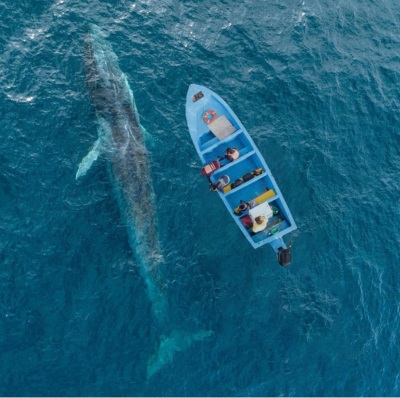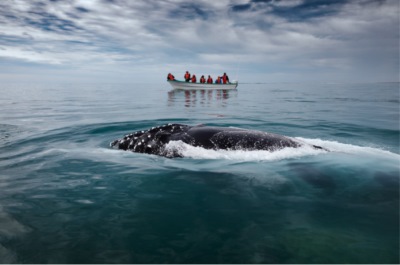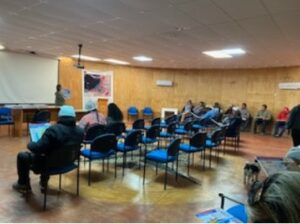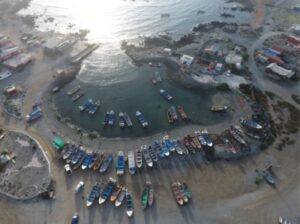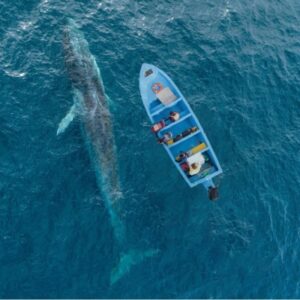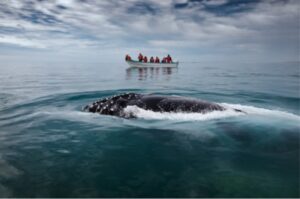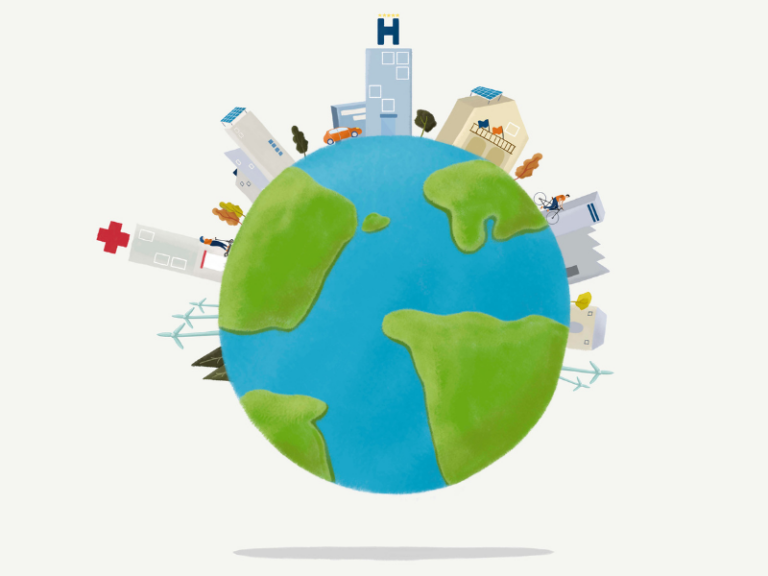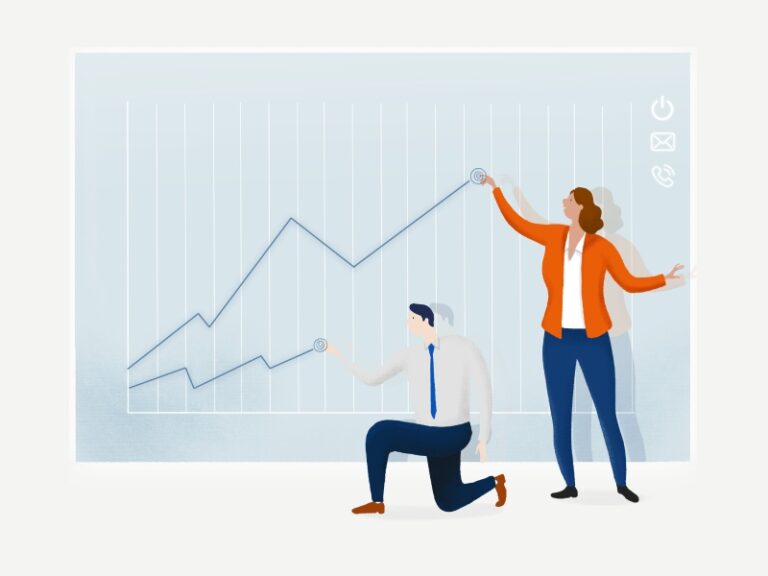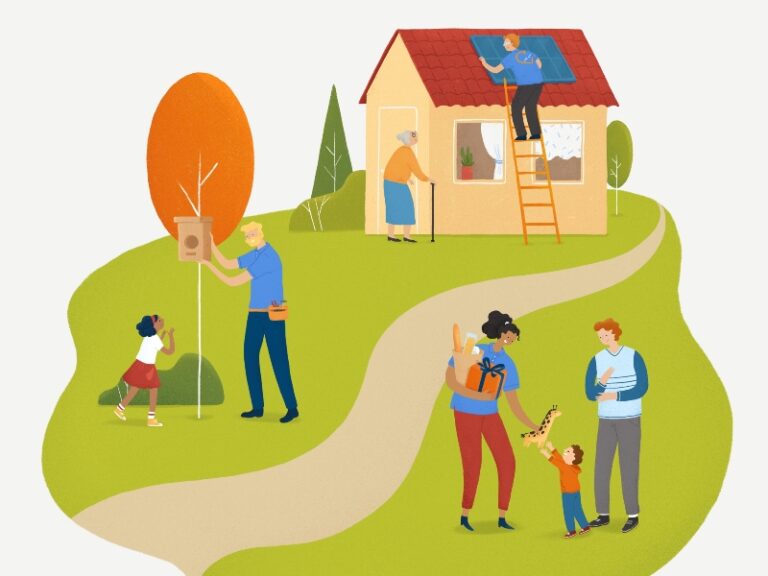Home / Sustainability / Social Responsibility
Social Responsibility
GPG understands Social Responsibility as a set of measures designed to build trusting, stable, solid and mutually beneficial relationships with our stakeholders and with the regions in which GPG Naturgy Group operates.
Naturgy’s Corporate Responsibility Policy establishes the common framework for action and guides the socially responsible behaviour of all the companies that make up the Naturgy Group.
The main purpose of this Policy is to establish the company’s operating principles and commitments with its stakeholders, in harmony with the company’s corporate strategy. One of the 8 commitments defined by the Group is social commitment, which establishes that GPG is committed to the economic and social development of those regions where it operates, providing expertise, management capacity, as well as spending part of its profits on social investment.
In turn, Naturgy’s Human Rights Policy includes respect for communities and the improvement of their living conditions; its compliance requires the assessment of the social impact of the company’s activities and the definition of initiatives and programmes that manage the social impacts identified in the surrounding communities.
The Naturgy Group has a Social Relationship Model developed as part of the company’s Corporate Responsibility Policy, and it reflects the social commitment that the company acquires across all the territories where it is active. It is based on a simple, flexible and practical approach, and aims at the proper management of social response and the creation of shared value.
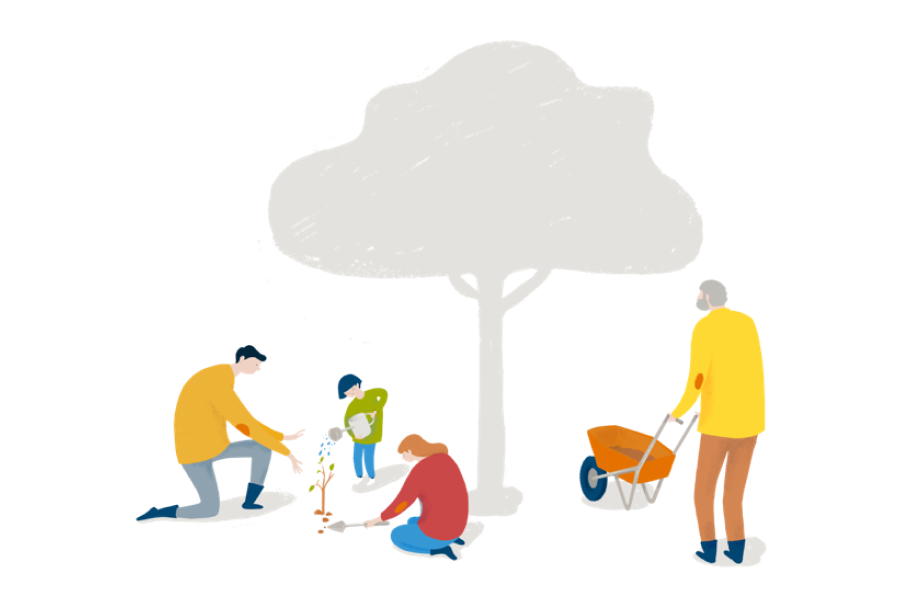
The Model is built around four key principles of action:
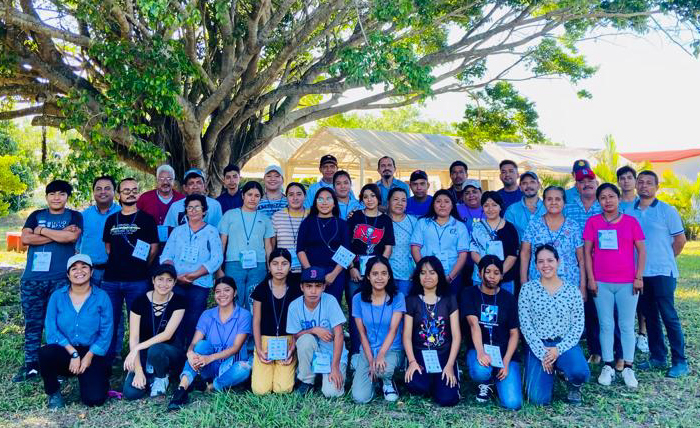
- We are the latest newcomer in the territory: we recognise, respect and protect local values and idiosyncrasies.
- We communicate as equals: as a first step towards empowering communities, we promote early and transparent communication and we open channels for active listening.
- We generate shared value: together with the community, we promote actions that improve quality of life in our environment.
- We provide opportunities: we are a driving force for development in the territory and a lever to support local employment and training in the sector.
What does the Model consist of?
- It is an iterative process that relies on the use of methodological tools focused on communication, dialogue, active listening and rootedness in the territory.
- It establishes basic mandatory minimums for ALL projects.
- It can be extrapolated to every geography and project.
- It must involve the entire organisation, including senior management, the project team and collaborating companies.
- It must be applied continuously in all phases of a project (Opportunity / Development / Construction / Operation / Change or end of activity)
- It must have a Social Relations Plan with social impact actions/measures and allocated personnel and financial resources.
Learn about the Social Management carried out during 2023
In 2023, GPG’s largest business development took place in Australia with the start of the construction of three wind farms, a solar PV plant, the entry into operation of another wind farm (Berrybank 2) and the commissioning of the company’s first battery storage facility. This intense activity has been accompanied by the development and implementation of a specific Social Relationship Model, which starts in the project development phase and continues during the operation phase. The model revolves around permanent communication with the most relevant stakeholders in the environment.
These have been some of the most outstanding initiatives of these programmes:
- Actions for community benefit. Neighbourhood engagement activities: partnerships in community events, such as the Smoking Ceremony, Community Open Day, collaboration with the Melbourne Royal Children’s Hospital and sponsorship of festivals in the Crookwell 2 area.
- A person specifically designated to run the community engagement programme and the creation of a community engagement committee for each project.
- Training programme and internship programme.
- Scholarship programme with several universities.
- Project website.
- Newsletters, press releases and local print advertisements.
The company collaborates with local communities on an ongoing basis, with the following initiatives per facility being of particular note:
- Bií-Hioxo wind farm: several donations of materials and social work vouchers for the vulnerable population of the surrounding communities; support through the donation of vouchers to the cooperatives of the fishing sector of Séptima Sección; rehabilitation of roads, sanctuaries and sports infrastructure; maintenance, adaptation and acquisition of materials for the Community House located in Juchitán’s Séptima Sección; repair of the Fire Department ambulance; and construction of a classroom in the bilingual school 5 de septiembre with the aim of preserving the Zapotec language and other indigenous cultures.
- Tuxpan III and IV combined-cycle power station: the deployment of the relationship plan with the communities located along the state highway “Carretera de los Kilómetros” from kilometre point 0.000 to 16,000 continues, developing activities such as the Xalag Chuchut Water School, or various initiatives to strengthen the Nakú Kayám Villamar Sea Turtle Camp.
- Durango combined-cycle power station: collaboration with the Bebeleche Museum, the Adopt a School Programme and support for the Care of People with Disabilities Area.
- Naco Nogales combined-cycle power station: the plan to support the communities surrounding this 300 MW power plant, located near the city of Agua Prieta (Sonora), focuses on education and protection of the educational community. This year, they have carried out various training and updating initiatives for youth volunteers, workshops on meaning and life projects especially aimed at students, as well as support for the high school canteen.
- Hermosillo combined-cycle power station: Noteworthy are the rehabilitation of roads and irrigation channels in Ejido La Manga, participation in the Adopt a school programme, with the contribution to the La Cholla primary school and the CECYTES secondary school, and team building initiatives with companies collaborating with the facility, volunteers and the employees themselves.
In 2023, the company continued to implement the Quilombola Basic Environmental Project (PBAQ), associated with the 30 MW Sobral I photovoltaic plant, located in the municipality of São João do Piauí (Piauí, Brazil), in order to create shared value and positive social impact in the Riacho dos Negros and Saco / Curtume areas. To develop the PBAQ, a close and continuous relationship has been maintained with the community and local authorities in order to identify, design and implement actions aimed at promoting economic and social development in the region. The project has several lines of action, which include a series of specific actions of which the following have been developed:
- Recovery of infrastructures in the territory for community use, such as water pumps and public lighting.
- Launch of a productive project based on beekeeping in the territory.
- Scholarships for university and technical studies.
The main social initiatives in the Dominican Republic are related to:
- Donation of electronic equipment and materials and services for the Canillitas con Don Bosco creative workshops.
- Repair of the fire brigade truck from the Pedro Brand municipality.
- Lighting project for the main road to prevent accidents and minimise the risk of vandalism.
- Through its territorial community relations management area, the Cabo Leones II wind farm has developed a dynamic working tool to formally and sustainably engage with communities over time. Its design considers annual applications for social project funding.
- In the solar photovoltaic plant of San Pedro I&IV, the commitment to collaborate with the “Centro de Interpretación del Desierto y Energías Renovables” to be developed by Parque Eólico Los Vientos S.A. was established in the Exempt Resolution No. 260. This collaboration consists of the conditioning of a room of the Centre through the mural decoration (four murals), the visual projection on two screens or TV murals and two photovoltaic modules. The Centre’s management body accepted this material on 7 July 2023.

